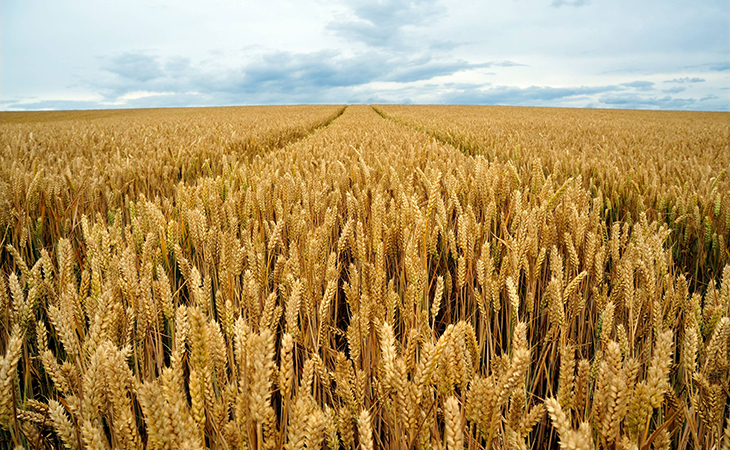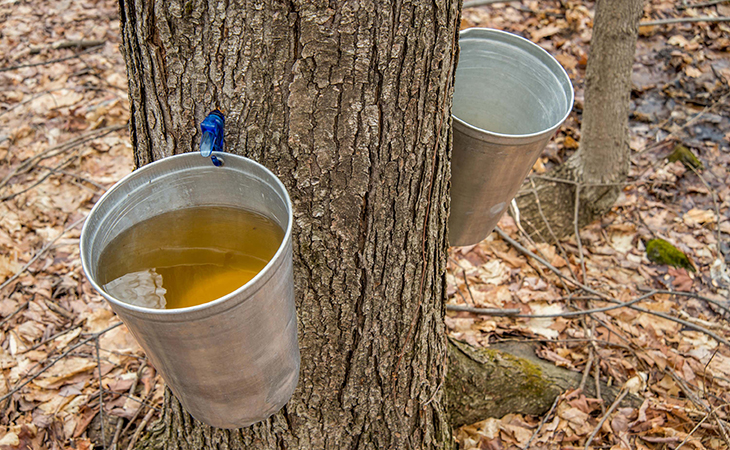Climate change has already impacted most of us in one way or the other – droughts, wildfires, floods – and unprecedented weather events have wiped out homes and turned lives upside down all over the world. Even if you haven’t experienced anything so dramatic, chances are you’re feeling the pain at the supermarket, as certain foods become harder and harder for farmers to grow amid increasingly chaotic and extreme weather patterns.
Rising temperatures, acidifying oceans, and out-of-season storms are wreaking havoc on the flora and fauna that make up the human diet – and the worst is almost certainly yet to come.
Coffee has long been high risk, as Arabica beans do not fare well in high heat, but the rediscovery of a rare coffee species in the wild spells good news for future brews. Coffea stenophylla tolerates hotter and drier conditions than its commercial counterparts and could yield climate-resilient cuppas for decades to come.
Not every crop is so lucky, and though it’s hard to know definitively what effects climate change will have, there are several eminent edibles facing uncertain futures. Here are five foods that are threatened by climate change . . .
1. Wheat

The big kahuna of climate-threatened crops, wheat accounts for around 20 per cent of all calories consumed by humans, and is grown everywhere from Patagonia to Rajasthan. Climate change will bring droughts – big, long, brutal ones – which, according to a 2019 study, could affect 60 per cent of the world’s wheat-growing areas.
Read more: Whole wheat vs whole grain
2. Maple syrup

It’s hardly a lunchtime staple, but maple syrup is a multimillion-dollar industry in North America, and a Canadian icon. The flow of maple sap – the key ingredient in syrup – is regulated by ‘freezing and thawing cycles’ in late winter, and temperature changes are already causing problems.
American producers are already reporting earlier, more variable tapping seasons. A 2017 study suggested maintaining current US production would require an additional five million taps over the coming years.
3. Seafood

At this point, it’s probably not news that our oceans are in trouble. Thanks to rising CO2 levels, our seas are now 25 per cent more acidic than in pre-industrial times, which, combined with rising water temperatures, threatens all manner of marine species.
In the Mediterranean, sardines have lost around two-thirds of their average mass in the past decade; in the Pacific, acidification is stunting the shell growth of oysters and other shellfish; and in the North Atlantic, lobsters are moving north in search of colder waters, threatening other ecosystems and New England fishermen.
Seafaring fauna will not disappear overnight, but fish are famously slow to adapt, and it is hard to predict exactly what we’ll lose when.
4. Chocolate
Chocolate may not be essential to our health, but many chocoholics will tell you it’s essential for happiness.
Cacao trees are sturdy plants that can handle rising temperatures, but they can’t handle an accompanying dip in water supplies. Under current conditions, temperatures in West Africa are likely to rise more than two degrees Celsius by 2050, which, without any increase in rainfall, will squeeze essential moisture out of the trees.
Read more: Is your chocolate made by child slaves?
Longer dry seasons and less rainfall, as well as new pests and diseases, have reduced not just yields but quality.
A blockbuster study painted a pretty grim picture for leading cocoa-producers Ghana and Cote d’Ivoire a decade ago, predicting major declines as early as 2030. In the short term, we may see price hikes. In the long term, chocolate may have to transition to new regions altogether.
5. Wine
If the prospect of rising wine prices doesn’t unite humanity against climate change, nothing will. According to a 2020 study, a two degrees Celsius temperature rise by 2100 could ruin up to 56 per cent of suitable wine-growing soils, with Chardonnay, Merlot, Pinot Noir, and Cabernet Sauvignon all potentially under the gun.
Read more: Guide to sulphites in wine
Co-author Benjamin Cook, from Columbia University, described wine grapes as “the canary in the coal mine” for climate change, thanks to their extreme climate sensitivity, and already-warm wine regions are naturally most at risk.
Which food group would you miss the most? Do you think we’ll let climate change get that far? Share why or why not in the comments section below.
– With PA
If you enjoy our content, don’t keep it to yourself. Share our free eNews with your friends and encourage them to sign up.

